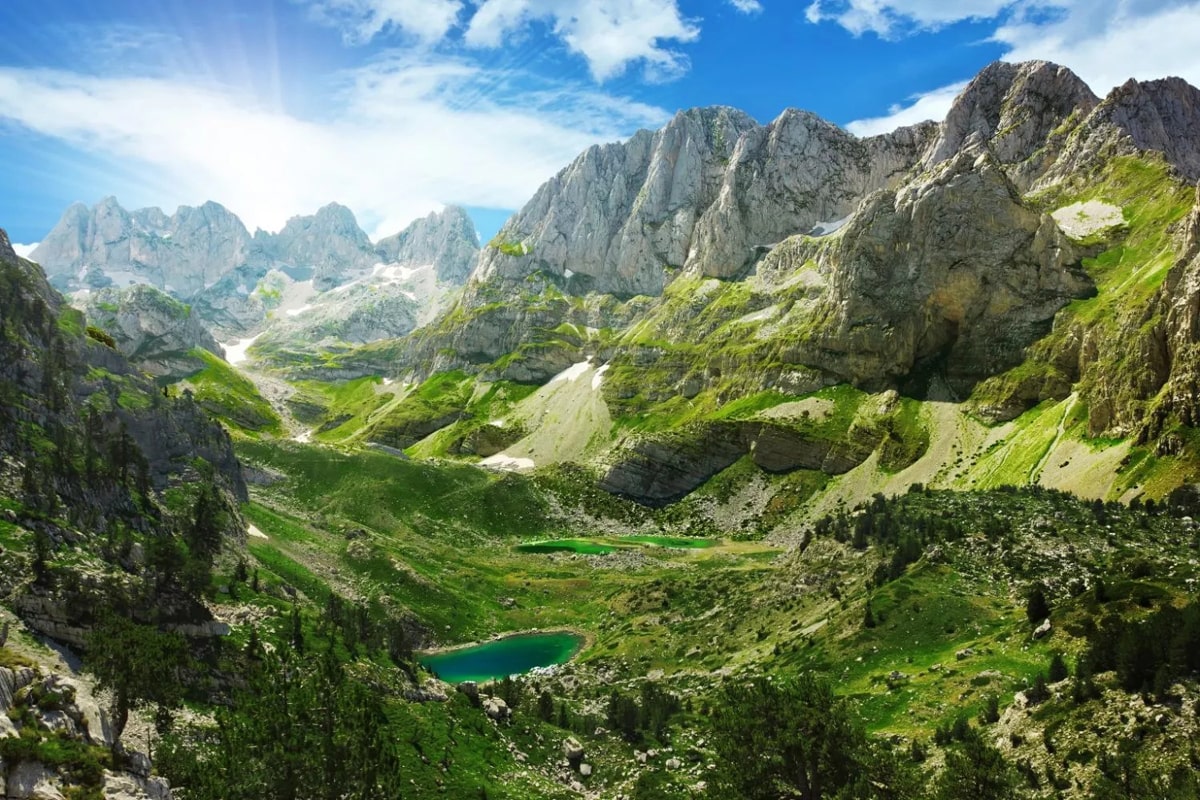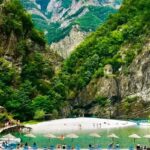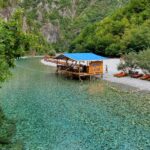The primary objective is for the Albanian Alps to start a new cycle of tourist growth, with a more balanced approach to development and usage of what nature has provided for this area.
The Albanian Alps take your breath away with its beauty and beautiful blend of mountains, valleys, lakes, rivers, waterfalls, and other natural treasures. Many international visitors consider them to be among the most beautiful in the world.
The northern region of Albania has attracted an increasing number of visitors in recent years, but this risks promoting unplanned and unplanned development, as occurred on the coast years ago, ruining this natural treasure.
The Albanian Government and the Albanian Development Fund have begun a Master Plan and Feasibility Study for infrastructure projects in the Alps region to allow sustainable development and tourism that responds to the “height” of the Alps themselves. The Western Balkans Investment Framework provided financial assistance for this initiative.
This initiative will be followed by a capital investment program, which will be co-financed by the Albanian government and the Council of Europe’s Development Bank.
This master plan will carry out an in-depth analysis of the prospects for further boosting tourism in the Alps region, as well as planning sustainable development and investments in public infrastructure enhancement in collaboration with businesses and local communities.
How will the sustainable development of tourism be enabled through this master plan?
The Albanian Alps need to enter a new cycle of tourist development to achieve the primary objective, which is to have a more balanced approach to the development and use of what nature has provided to this area. This will allow for the achievement of the primary objective. Simply expressed, on the one hand, we have a wealthy territory from a natural, historical, and cultural point of view, and this may provide large money for the local and national economies. On the other hand, we have a region that is rich in terms of the natural resources it contains.
On the other side, some communities are living in an economic position that is not commensurate with the riches that they are surrounded by. The overall goal of the master plan is to accomplish precisely this: the development of the tourism potential of the entire region and its use in a sustainable manner and harmony with nature to generate long-term economic growth for the residents of the area and why not for the national economy as well. The formulation of long-term plans and strategies, as well as the implementation of infrastructure interventions, must work hand in hand with the creation of a variety of tourism goods and offers, as well as with the promotion and expansion of human capabilities. To do this, it is necessary to coordinate the activities of all of the relevant players and solicit the involvement of the community in working toward a shared goal. Interventions of a piecemeal nature are incapable of leading to growth. Only by elevating the development goal to the level of regions would it be feasible for Albania to compete on an even playing field with other nations that already have a well-established heritage of mountain tourism.







